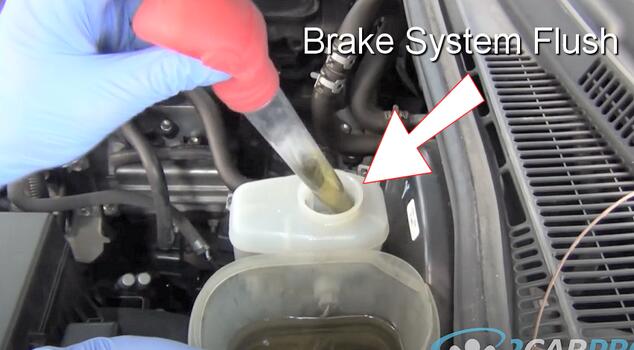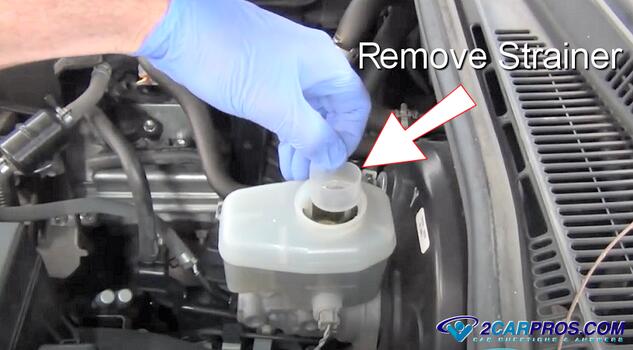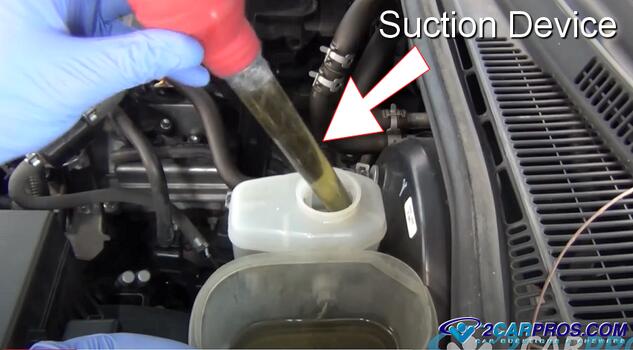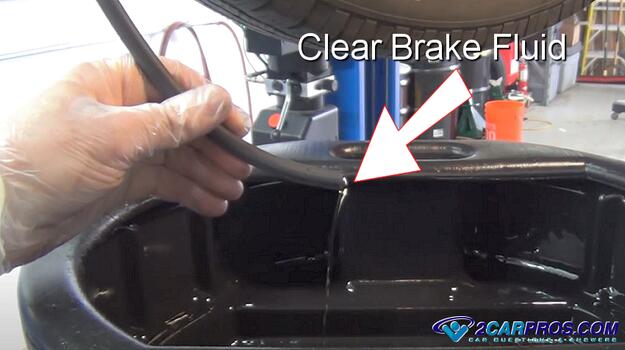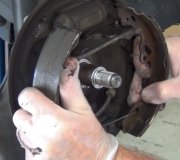Introduction
An automotive brake system flush is similar to a standard brake system bleed except for all of the brake fluid is flushed out of the brake system components such as the master cylinder, brake calipers, abs control module, proportioning valve wheel cylinders and brake lines. This service is part of a good preventative measure to help keep the brake system healthy. In this guide we provide a comprehensive, step-by-step approach to flushing your automotive brake system.
We will reference this Brake Bleed Guide when applicable throughout the following steps.
Warning: Flushing the brake system involves handling brake fluid, which is toxic and can damage paint. Always wear appropriate safety gear and handle brake fluid with care.
Tools and Materials Needed
- Brake fluid (DOT type as specified by your vehicle manufacturer)
- Turkey Baster or fluid suction device
- Catch container for old brake fluid
- Lug wrench
- Safety goggles and gloves
- Shop towels
- Brake system cleaner
Start by ensuring your vehicle is parked on a flat, level surface. Engage the parking brake and place wheel chocks behind the rear wheels. Raise the car safety in the air and remove the wheels.
Brake System Flush
1. Dirty Brake Fluid: Because the brake fluid is circulated throughout the brake system, the fluid inside the brake master cylinder fluid reservoir will become contaminated with debris and moisture created by the normal operation of the brake system.
2. Remove Reservoir Strainer: Most master cylinder reservoirs have a strainer to keep large partials out of the brake fluid which will need to be removed to access the brake fluid.
3. Use a Suction Device: Have a fluid catch container ready as you use a suction device to such as a turkey baster to help remove the old brake fluid from the brake fluid reservoir, sometimes it helps of you attach a small rubber tube to the end of the baster.
4. Clean and Clear Brake Fluid: The difference between a brake system bleed, and flush is the amount of fluid that is changed out. In the flush, the idea is to remove all old brake fluid and replaced it with new, repair shops will use a power flusher but you can simulate this by following this guide until the brake fluid runs clean: Brake System Bleed. It will take between 5 and 8 cycles to have the fluid run clear in most cases.
Conclusion
Moisture plays a part in the requirement of a brake system flush. In the normal operation of a brake system, moisture is created in the form of condensation when the brakes are heated, and then cooled. Rust will then form which will create pits in the brake caliper, wheel cylinder or master cylinder which will bypass the rubber seals and cause a brake fluid leak.
Watch the Video!
Please watch this video of the job being done to glean additional helpful information.
Credits
This guide knowledge base was created by the 2CarPros Team, and by Ken Lavacot: Automobile repair shop owner and certified master automobile technician of over 30 years. If you have question or need help please ask one of our experts we are happy to help. Please visit our 2CarPros YouTube Channel for additional car repairs.
